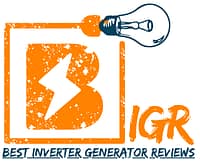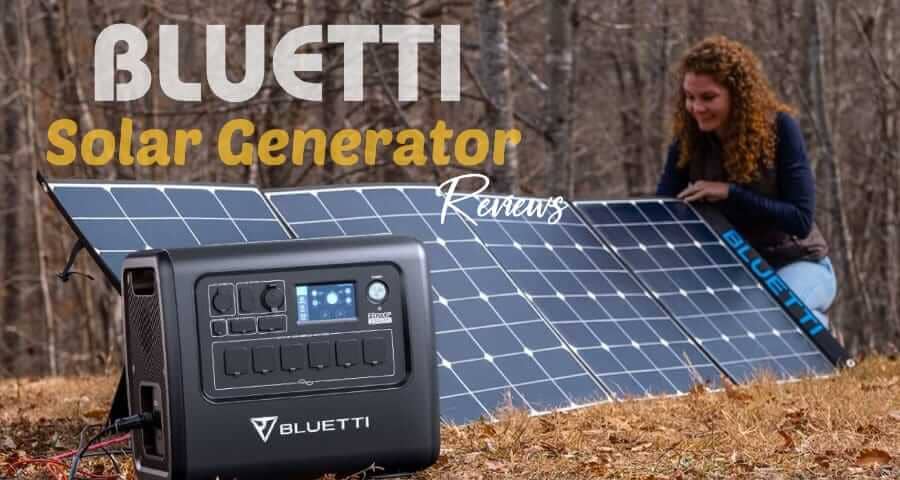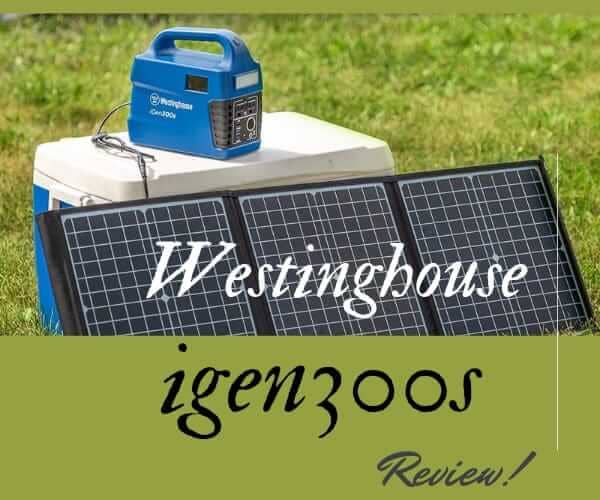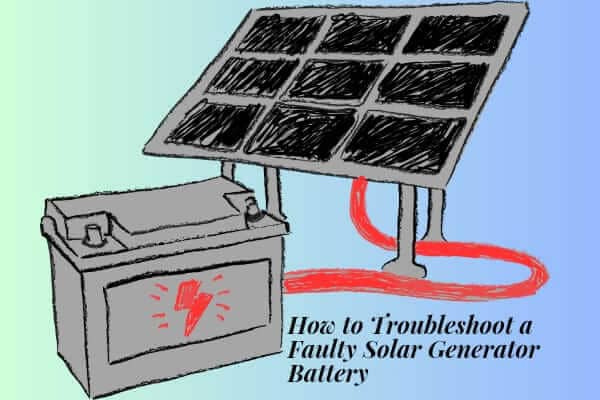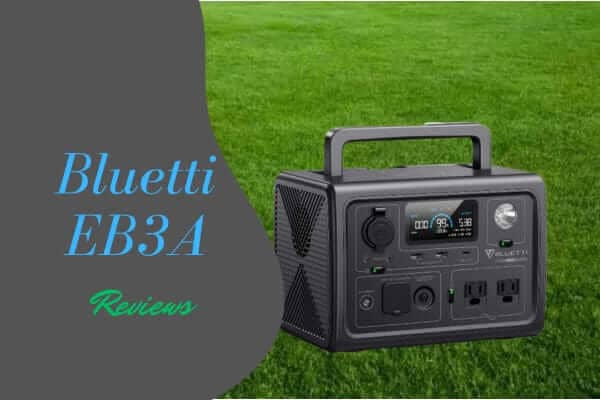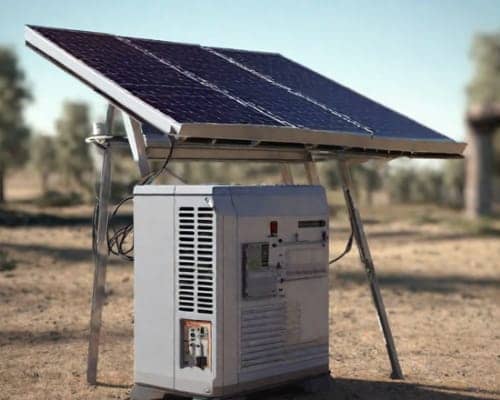
How Can You Make a Solar Panel?
Have you ever gazed up at the big, beautiful sun and wished you could somehow bottle up its endless energy to power your electronics, offset your utility bills, or even go completely off the grid?
Thanks to some inexpensive parts and a few hours of your time, you no longer have to daydream merely—you can methodically tap into the sun’s renewable superpowers to build your very own functional solar panel right at home. From crafting mini sun-fueled gadgets to contributing battery power to complete systems generating kilowatts, unleashing photovoltaic prowess has never been so DIY-able.
In this guide, I’ll walk through the step-by-step process using easy-to-obtain components like silicone cells, wires and sealants that you shape together through simple techniques requiring no specialized skills or machines.
By the end, you’ll be energized both literally and figuratively to be self-sufficient with this straightforward project that yields lifelong lessons in science and sustainability. Are you ready to truly soak up knowledge and kilowatts? Let’s get powering!
How Can You Make a Solar Panel?
1. Understanding Solar Panels:
Solar panels use photovoltaic (PV) cells to harness the sun’s energy and turn it into electricity. These solar cells are usually made from silicon, a semiconductor – its ability to conduct electric current can be increased or decreased depending on light exposure.
When sunlight shines on the solar cells, it causes the silicon atoms to absorb photons of light. This gives the silicon electrons enough energy to break free from their traces. The electrons can then flow through the solar cell, generating a direct current (DC) of electricity as they pass.
PV cells will only generate power while there’s light outside, as they need sunlight to excite the flow of electrons. Multiple solar cells are connected and packaged into solar panels, which then convert the DC electricity into an alternating current (AC) that can power homes and businesses.
The solar panels can be installed on rooftops or integrated into building materials like roof shingles. This allows them to soak up the sun’s rays, transforming their energy into a renewable energy source we can use daily.
2. Gathering the Necessary Materials:
To make a solar panel, you’ll need the following materials:
- Solar Cells: These are the main components that convert sunlight into electricity. You can use monocrystalline or polycrystalline cells, which are silicon wafers cut into squares or rectangles.
- Connecting Wire: Thin electrical wire is used to link the cells together in a circuit. A tabbing wire attaches to each cell, while a bus wire runs alongside it in longer lengths.
- Soldering Tools: Hot glue, a flux pen, and a soldering iron allow you to fasten the wires securely to precise contact points on the cells through melting and cooling.
- Panel Backing: A durable, weatherproof material forms the backing board – often tempered glass, plastic or composite. A substrate here offers structure.
- Sealant: An optically clear adhesive or sealant coats the assembled cells for protection from humidity and UV rays.
- Electrical Box: Completed connections require safe housing provided by an enclosure like a junction box.
By sourcing these key components, you’ll have the basics to start assembling your homemade solar energy harvester.
3. Assembling the Solar Cells:
- Arrangement: Lay the cleaned solar cells out onto the backing substrate/board in a continuous horizontal or vertical line. The positive end of one cell should touch the negative end of the next.
- Connections: Take the thin tabbing wire and tin it with solder by applying flux and then briefly melting the solder onto the wire using the heated tip of the soldering iron. Touch the tinned wire to the contact points between each cell to fuse connections.
- Soldering: Hold the wire and iron tip in place for a few seconds until the solder fully melts and flows to seal the joint. Do this consistently between each cell connection. Inspect the lines for breaks or imperfect joints once cooled.
Repeat! Keep linking cells end to end until all are arranged and fused securely in a single long chain. The cells are now series-connected to work as a solar panel circuit.
4. Wiring and Encapsulation:
The first step is to arrange and connect the solar cells properly. You’ll want to lay them out onto the backing substrate or board in a continuous line, with the positive end of one cell touching the negative end of the next. Then, tin your tabbing wire with solder by applying flux and briefly melting solder onto the wire with your heated soldering iron tip.
Touch the tinned wire to the connection points between each cell to fuse them. Hold the wire and iron tip for a few seconds until the solder fully melts and flows, then inspect the joint once cooled. Repeat this process of linking the cells end to end with the tabbing wire until all are securely series-connected in a single chain circuit across the panel.
Once the solar cell string is complete, the next stage is to attach a thicker bus wire to bridge the first and last cell. This ensures electrical current can flow as a whole circuit. After that, you’ll evenly spread a layer of clear encapsulant gel or resin over the entire assembled cell-wire unit using a caulking gun, brush or roller to fully coat the front and back.
Let the sealing compound harden to form an impervious, moisture-proof, protective barrier for the delicate internal components, finishing by attaching any external fittings as desired. Proper protection and sealing are vital final steps for a long solar panel service life.
5. Mounting the Junction Box:
First, take your weatherproof electrical enclosure box – often black and plastic/polycarbonate with screw holes for secure fastening.
Identify the “positive” and “negative” ports where electrical wires will enter/exit. These should align properly with the soldered bus wires attached to your solar cell circuit.
Place the open box carefully onto the backside of the cured, protected panel unit. Gently press it flush against the backing surface without disturbing internal connections. Mark screw holes through the box wall to the substrate below.
Predrill holes, if needed, at marks, keeping within the box perimeter. Fasten securely yet evenly with screwsjust until tight but not over-tightened. Always avoid placing screws directly through wires.
Lastly, use crimp connectors or splicing to reliably join bus wire ends to their correspondingly labelled terminals inside the newly fixed enclosure. Add labels if unsure.
That finishes off your complete DIY solar panel! Let me know if any part of the junction box mounting could use more explanation for clarity. Proper sealing keeps everything running smoothly under the sun.
6. Testing and Installation:
Testing:
Once assembled, use a multimeter set to voltage (V) to check the DC output at the junction box terminals during sun exposure. Confirm the no-load voltage lies within the expected specs for the cells used. This verifies everything was built correctly.
Installation:
Now, the panel is ready to provide renewable energy! Carefully mount it somewhere benefiting from broad sun exposure, such as a south-facing rooftop or ground pole, for most hours. Use durable mounting brackets, bars or, rails and fasteners rated for the panel weight/wind loads. Make electrical connections per local code.
Tips:
For rooftop mounting, base rails or weighted sandbags can stabilize temporarily until permanent installation. Apparent nearby objects, ensuring ample airflow. Angle panels roughly toward the equator for maximum direct sunlight interception annually. Patch any newly created roof penetrations to prevent leaks.
Regularly check connections remain secure and tight. Periodically clean the front surface as needed to maximize transmission. Enjoy your clean, independent solar power supplied through DIY ingenuity and nature’s gift! Let me know if any part could use more input.
Final Verdict
By following these accessible, appliance-free steps to build your own solar panels, I hope you now feel empowered to tap into the potential of renewable energy through your own initiative and creativity.
Whether powering small DIY devices, offsetting home use or even running critical appliances in an emergency, the self-made solar systems showcased here prove that grassroots clean power starts from just one sunny-side-up thought.
With some grit and guidance, anyone can unravel the sun’s electromagnetic secrets and light up their lives. Though simple in scope, these do-it-yourself panels shine a spotlight on how collective grassroots efforts inch us closer to universal sustainable living with the knowledge that sustains the planet as it energizes minds.
Keep charging ahead – I can’t wait to see where the diy-able thirst for discovery and resourcefulness leads you next. Get out there and soak up the sun with your fresh homebrew harvesters!
FAQs
Q: Are homemade solar panels powerful enough to use?
A: While DIY panels will generate less power than commercial ones, they can charge small devices and even contribute meaningfully to your household energy needs. Every little bit helps!
Q: What kind of solar cells should I use?
A: Monocrystalline or polycrystalline cells are significant options that offer good performance for their cost. Make sure to get name-brand ones from reputable dealers to ensure quality.
Q: Is soldering required, or are there simpler assembly methods?
A: Soldering is recommended for robust, long-lasting connections. But you could experiment with conducting adhesives or pressure clips too. Just make sure joints are very secure.
Q: How long do homemade panels typically last?
A: With proper encapsulation and mild operating conditions, a DIY panel could realistically generate power for 10-20 years or more. Performance may gradually dip over time.
Q: How big of a panel can I realistically build myself?
A: Most hobbyists build panels from 1-4 watts, enough for small devices. But larger 10-50W panels are very doable, too, with more intensive assembly time. Scale up as your skills grow!
Q: What if I’m terrible at soldering or have no tools?
A: You can still build simple circuits using alligator clip connections and focus on crafting without electricity. Consider starting even smaller or partnering up for parts requiring specialty skills. The learning is in the doing.
Check our recommended solar power stations:
